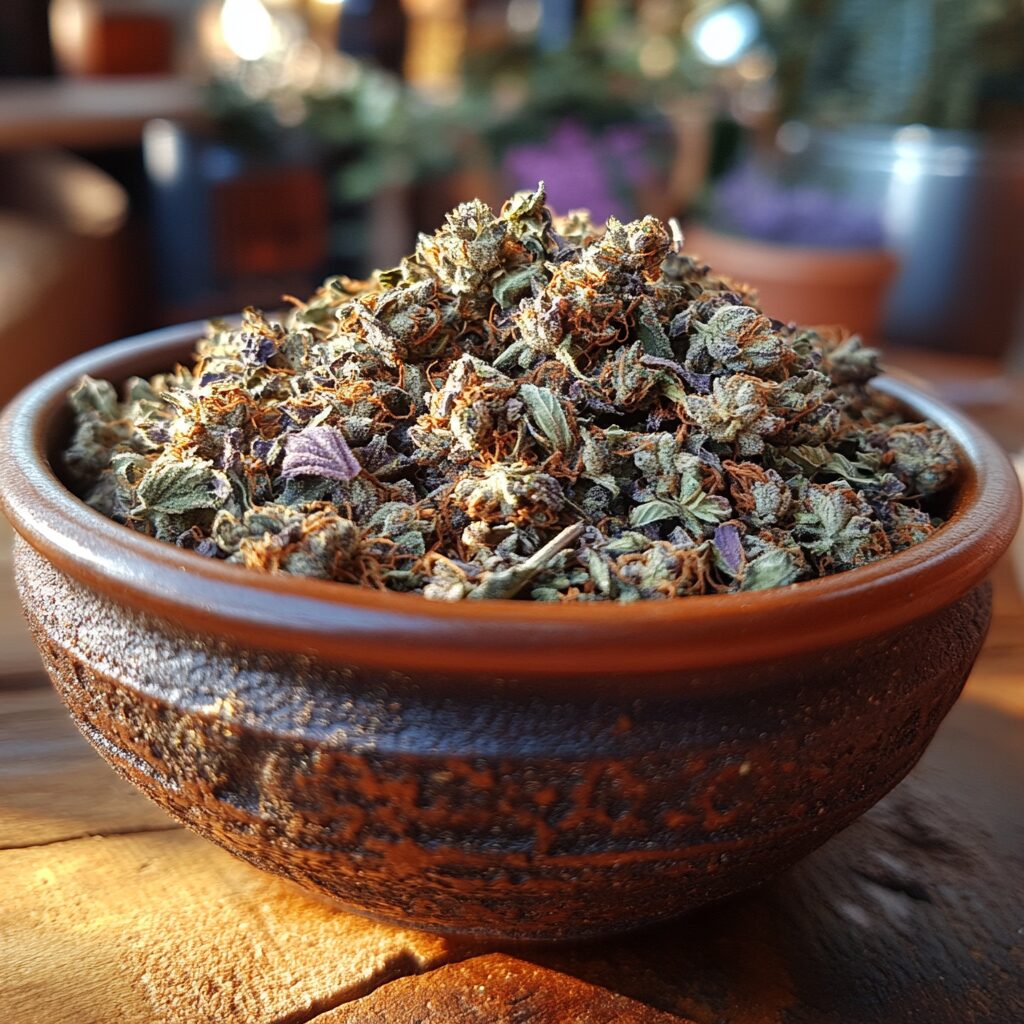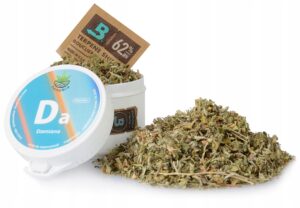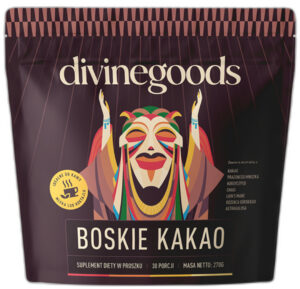Why avoid tobacco?
Tobacco smoking is one of the most serious threats to public health worldwide, and in Poland it is a significant social and health problem. Government data shows that in Poland about 70,000 people die annually from tobacco-related diseases, accounting for 17% of all deaths. Despite widespread awareness of the harms of smoking, many people continue to reach for cigarettes, often downplaying the long-term consequences. This article examines the specific reasons for avoiding tobacco, based on scientific studies, statistics and Polish sources such as the Ministry of Health and health portals, as well as international organizations such as the WHO and the American Cancer Society.
Health risks associated with smoking
Smoking is a major cause of many serious diseases that significantly shorten life and reduce its quality. Tobacco smoke contains more than 4,000 chemical compounds, including more than 40 known carcinogens, according to the Ministry of Health. Among the most serious health effects are:
- Cancers: Smoking is the leading cause of lung cancer, but also increases the risk of cancer of the larynx, mouth, throat, esophagus, pancreas, bladder, kidney, liver and colon. According to the American Cancer Society, smoking is responsible for at least 30% of all cancer deaths. In Poland, tobacco-related diseases are responsible for the death of one in two smokers aged 35-69.
- Cardiovascular diseases: Smoking damages the heart and blood vessels, leading to diseases such as coronary heart disease, heart attack, stroke, aortic aneurysm and atherosclerosis. According to the CDC, smoking contributes to more than 480,000 deaths per year in the U.S., a significant portion of which are heart disease.
- Respiratory diseases: Smoking causes chronic obstructive pulmonary disease (COPD), emphysema, chronic bronchitis and asthma. Smokers often suffer from a chronic cough, called "smoker's cough," which can be an early sign of COPD.
- Other medical conditions: Smoking negatively affects fertility, reproductive health, causes erectile problems in men, hormonal disorders, weakened immune system, periodontal disease, osteoporosis and cataracts. Smoking during pregnancy is particularly dangerous, increasing the risk of premature birth, low birth weight of the baby and even death of the newborn. Children of smoking mothers are at greater risk of childhood and adult diseases, including sudden crib death.
The statistics are alarming: each cigarette shortens life by an average of 5.5 minutes, and the average smoker voluntarily gives up 5 years of life.
Nicotine addiction
Nicotine, the main ingredient in tobacco, is highly addictive, making smoking a difficult habit to break. It acts on the brain, causing the release of dopamine, which leads to feelings of pleasure and reward, but also to a strong desire to smoke again. Nicotine is a neurotoxin, and its effects are similar to heroin or cocaine addiction. Withdrawal symptoms, such as irritability, anxiety, difficulty concentrating and increased appetite, can be very disruptive, making the process of quitting smoking difficult. According to PMC, nicotine generates strong cravings for smoking, which often overwhelm the desire to stop.
Impact on appearance and social relations
Smoking also has a negative impact on appearance, which can affect self-esteem and social relationships. Smoking causes yellowing of teeth, excess plaque, bad breath, discoloration of fingers and nails. Smokers' skin ages faster, wrinkles appear and the skin loses elasticity, accelerating the aging process, as described by PAHO/WHO. The smell of tobacco smoke is offensive to those around you, which can lead to social isolation and discomfort in relationships with loved ones.
Secondary smoke hazards
Secondhand smoke, or exposure to tobacco smoke, is equally harmful to the health of non-smokers. It increases the risk of heart disease, lung cancer and asthma in children. According to PAHO/WHO, more than 1 million people die each year from exposure to secondhand smoke, underscoring that smoking not only harms the smoker, but also his or her family and friends. Children and the elderly are particularly vulnerable to these effects, making tobacco avoidance important to protect community health.
Economic costs of smoking
Smoking generates significant costs, both for individual smokers and for society. In Poland, according to 2025 figures, a pack of cigarettes costs an average of more than PLN 20. A smoker who smokes a pack a day spends more than PLN 7,300 a year. On top of that, the cost of treating tobacco-related diseases weighs on the health care system. Smokers are more likely to get sick, leading to absenteeism from work, loss of productivity and additional expenses for medicines.
Benefits of avoiding tobacco and quitting smoking
Avoiding tobacco or quitting smoking has immediate and long-term health benefits. According to PAHO/WHO, the heart rate drops 20 minutes after the last cigarette, and after 12 hours, the level of carbon monoxide in the blood returns to normal. Within 2-12 weeks, circulation and lung function improve, and after 1-9 months, coughing and shortness of breath decrease. In the long term, the risk of stroke, lung cancer and heart disease decreases significantly. After 5-15 years, the risk of stroke drops to that of a non-smoker, and after 10 years, the risk of dying from lung cancer is half that of a smoker, according to NIDA.
In addition to the health benefits, avoiding tobacco saves money, improves quality of life, and protects loved ones from second-hand smoke.
Controversies and myths surrounding smoking
While smoking is widely recognized as harmful, there are myths, such as the claim that it can be beneficial to health, such as stress reduction. Smoking does not reduce stress in a healthy way, and the temporary feeling of relaxation comes from satisfying a craving for nicotine, which leads to further addiction. Controversy may also surround legality and regulation, but scientific evidence clearly shows the harmfulness of tobacco.
Avoiding tobacco is key to maintaining health, improving quality of life and protecting loved ones. Smoking leads to numerous diseases, addiction, appearance deterioration, high economic costs and harm to the environment. Quitting smoking, while difficult, has immediate benefits, such as improved lung and heart function, and long-term benefits, such as reduced risk of cancer and heart disease. If you are a smoker, consider quitting today by taking advantage of available resources, such as the National Smoking Help Line at 801 108 108 or 22 211 80 15, available Monday through Friday from 11:00 a.m. to 7:00 p.m. and Saturdays from 9:00 a.m. to 3:00 p.m.
Popular alternatives
Here are some herbs that can be mixed with marijuana:
- Damian: An herb with mild psychoactive effects, it improves mood and can act as an aphrodisiac.
- Lavender: It adds a floral aroma and promotes relaxation, ideal for evening sessions.
- Mint: It refreshes the taste and can help mask the smell of the joint.
- Hops: It contains myrcene, similar to terpenes in hemp, and has a calming effect.
- Dried CBD: Legal in Poland, it reduces the psychoactive effects of THC, offering relaxation without intoxication.
Unexpectedly, some herbs, like hops, can affect the way THC works in the body, which could be an interesting finding for those experimenting with blends.
How to use?
Herbs can be mixed with marijuana in joints, pipes or vaporizers. Start with small amounts, such as 1 part herbs to 3 parts marijuana, and adjust the ratio. Remember that smoking any substance can irritate your lungs, so consider vaporizing for a healthier experience.
Smoking marijuana, commonly known as weed, is a popular recreational and medical practice, often combined with tobacco, especially in Europe, to facilitate smoking or enhance the experience. However, tobacco, which contains nicotine and numerous carcinogenic compounds, carries serious health risks such as addiction, lung cancer, heart disease and chronic obstructive pulmonary disease (COPD). According to the World Health Organization (WHO), smoking contributes to about 8 million deaths a year, prompting many users to seek healthier alternatives. Herbs such as damiana, lavender and mullein can be mixed with marijuana, offering a variety of flavors, aromas and effects while minimizing the risks associated with tobacco.
Health risks of tobacco and benefits of herbal alternatives
Tobacco contains nicotine, a highly addictive substance, and thousands of chemicals, including benzopyrene and formaldehyde, which are carcinogens. Smoking is responsible for 80-90% of lung cancer deaths, according to the Center for Disease Control and Prevention (CDC), and destroys the lungs by reducing their ability to deliver oxygen. Mixing marijuana with tobacco not only increases these risks, but can also lead to nicotine addiction, which is particularly problematic for occasional users. Herbs, unlike tobacco, are often nicotine-free and can offer additional benefits, such as relaxation (lavender), mood enhancement (canna) or respiratory support (mullein). It is worth noting, however, that smoking any substance, including herbs, can irritate the lungs, which underscores the need for moderation and a mindful approach.
Detailed list of herbal alternatives
The following are 13 herbs that can replace tobacco in mixtures with marijuana, along with their effects and descriptions, based on analysis:
| Herb | Effects/Description | Comments |
|---|---|---|
| Damian | Aphrodisiac, treats headaches, depression, bedwetting, constipation; mildly psychoactive, mood elevator | Popular in traditional medicine, it can enhance the effects of marijuana. |
| Kratom | Pain relief, energy (1-5g, 10-90 min), opioid effects (5-15g, longer); requires caution | Controversial, legality in Poland needs to be verified, strong performance. |
| Kanna | Mood enhancement, stress/anxiety reduction; low doses stimulate, high doses calm; may raise blood pressure | Used in South Africa, potential euphoric effects. |
| Lavender | Adds flavor with linalool, enhances THC/CBD, helps with irritability, insomnia | Floral aroma, ideal for relaxation, better for vaporization. |
| Rosemary | Improves memory, anti-inflammatory effects, supports immunity | Strong aroma, can add spiciness, good for flavor blends. |
| Hops | Contains myrcene, sedative, antidepressant; better for vaporization | Known for beer, risk at high temperatures during smoking. |
| Catnip | Mildly psychoactive, relaxing, stress reduction | It works on cats, but has effects on humans, gentle action. |
| Side-flower thyroid | Relaxing, reduces anxiety/nervous tension; compliments indica varieties | Popular in natural medicine, calming, good for evening sessions. |
| Sage | Relaxing, calming; white sage for filling, even burning | Earthy flavor, used in rituals, supports the respiratory tract. |
| Orthoptera root/leaves | Mildly relaxing, reduces stress; consult your doctor about interactions | Soothes irritation, often used in teas, gentle action. |
| Virgin (Mullein) | Smooth, soothing smoke, balances the spiciness of marijuana; rich in phytochemicals, relaxing | Supports the lungs, popular in base blends, soothes irritation. |
| Wild Dagga | Mildly psychoactive, relaxant, similar to marijuana; traditional use in Africa | Flowers with orange petals, an alternative to cannabis, an exotic option. |
They mention dried CBD, mint and lemon balm as alternatives that may be considered, particularly for relaxation and anxiety reduction. Dried CBD, for example, may help reduce nicotine cravings, though evidence is limited, highlighting the need for further research.
Practical application and blending techniques
Using herbs with marijuana requires proper preparation. It is advisable to start with small amounts, such as 1 part herbs to 3 parts marijuana, and adjust the ratio according to taste and effects. The herbs should be dried and crushed, then mixed in a bowl before adding to a joint, pipe or vaporizer. Blends: 40% of base herbs (e.g., mullein, valerian), 40% of active/savory herbs (e.g., damiana, lavender), 15% of astringent herbs (e.g., sage, rosemary) and 5% of potent herbs (e.g., kratom, kanna). A sample recipe for 500g of the blend is available from the source, allowing you to create large batches for repeated use.
Some herbs, like hops, are better suited for vaporization due to the risk of degradation at high temperatures during smoking. It's also worth experimenting with proportions to find the perfect blend, taking into account individual taste preferences and desired effects.
Additional comments and risks
Although herbs are often seen as healthier, smoking any substance can irritate the lungs and lead to potential health problems. Therefore, it is recommended to minimize smoking and consider alternatives, such as vaporization, which can be gentler on the respiratory tract. Some herbs, like kratom, are controversial due to potential opioid effects and may be illegal in some countries, which requires checking local laws. Similarly, canna and wild dagga may have legal restrictions, especially in the context of recreational smoking.
Conclusion and recommendations
Choosing herbs instead of tobacco to mix with marijuana allows you to avoid the harmful effects of nicotine and discover new flavors and effects, from relaxing (lavender, thyroid) to stimulating (damiana, canna). Experimenting with ratios and combinations can be a fascinating process, but be sure to use responsibly, check legality and consult a doctor if in doubt.








